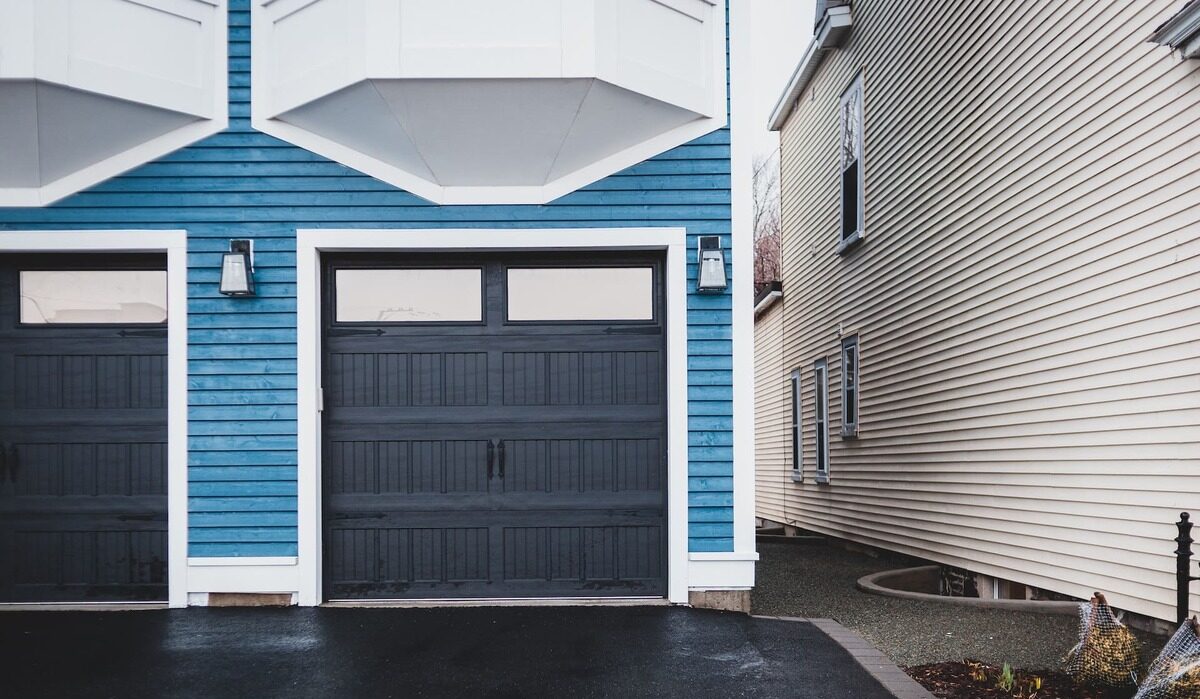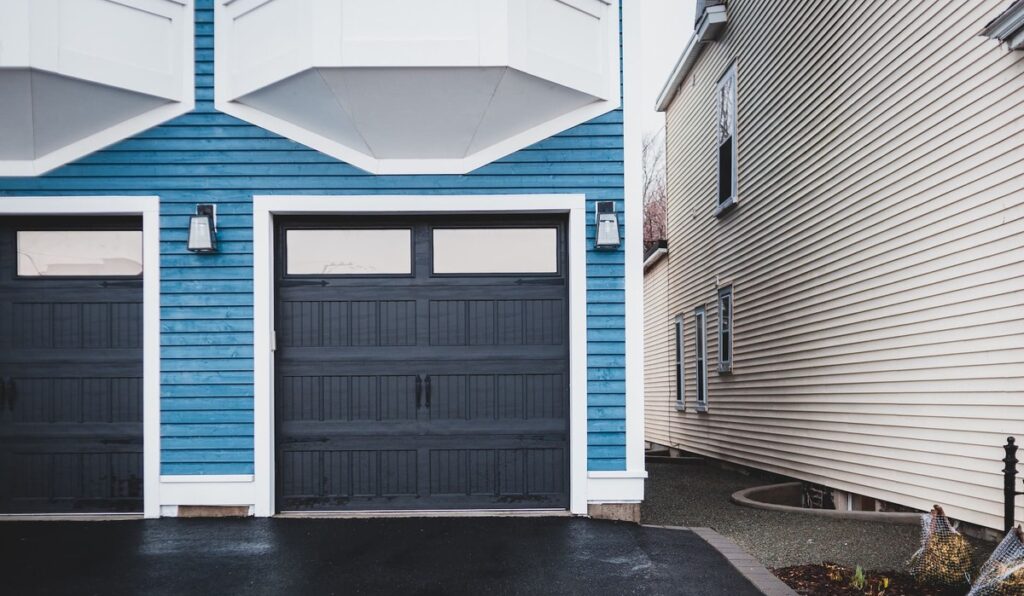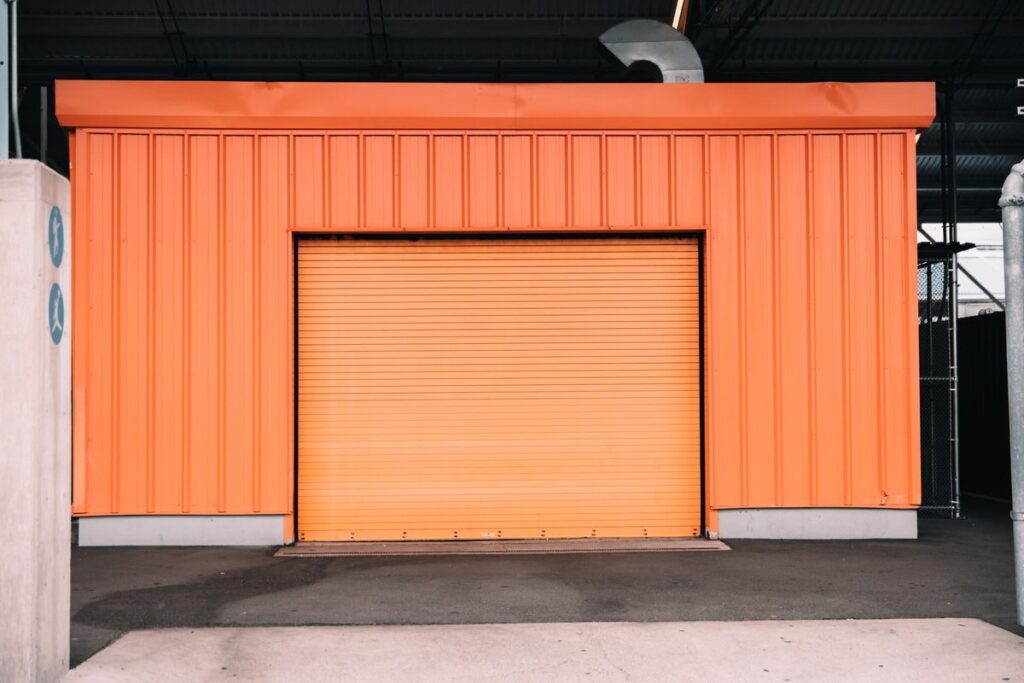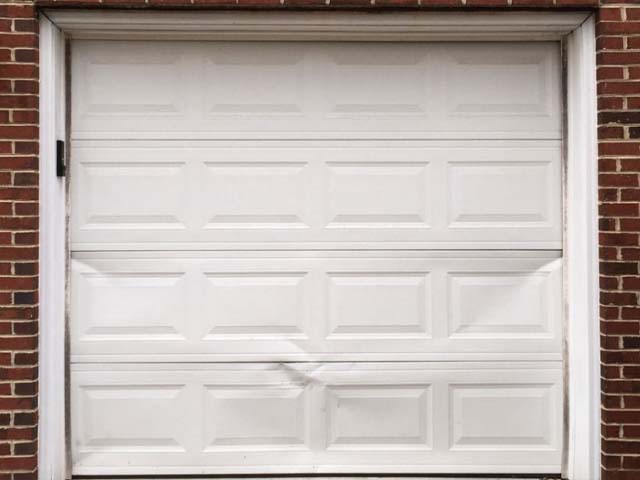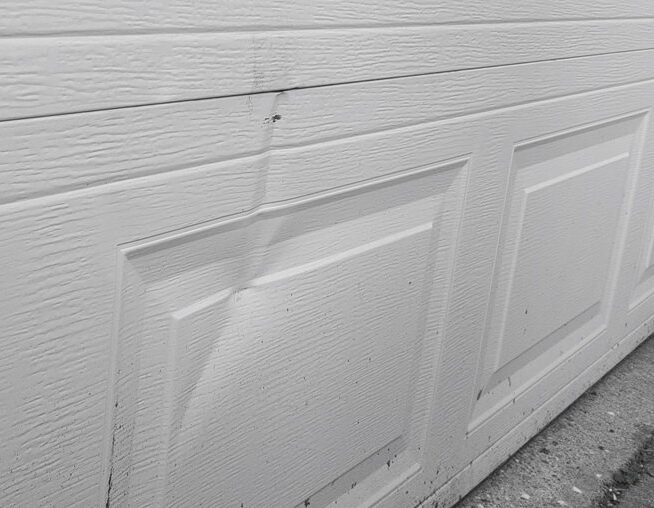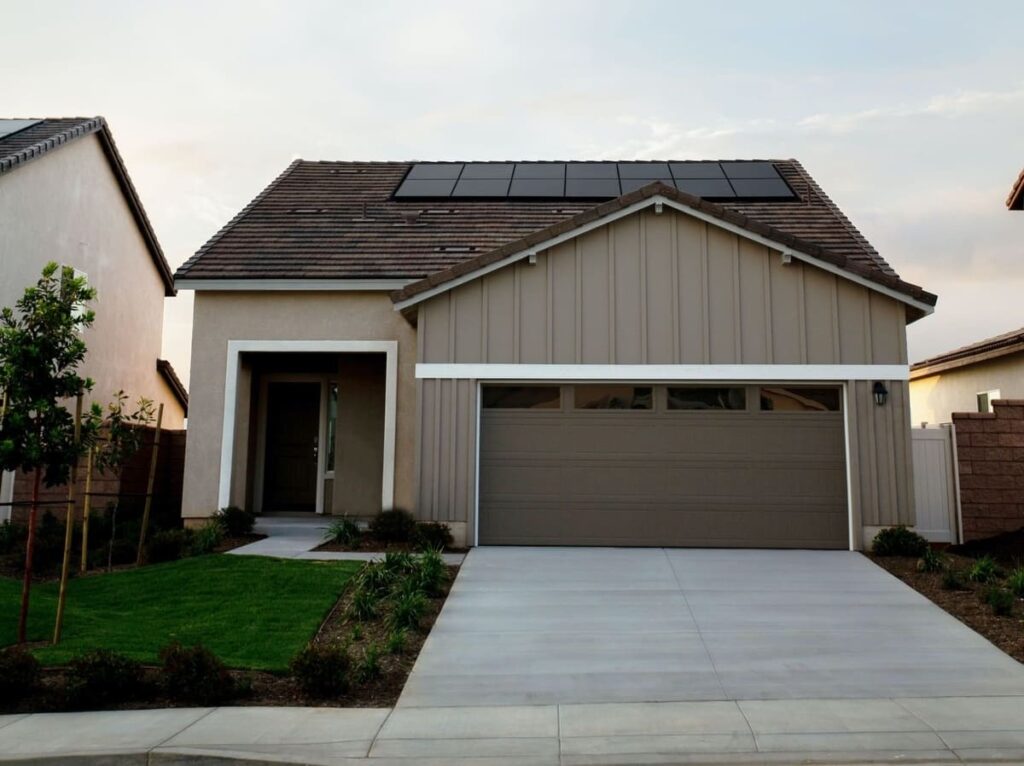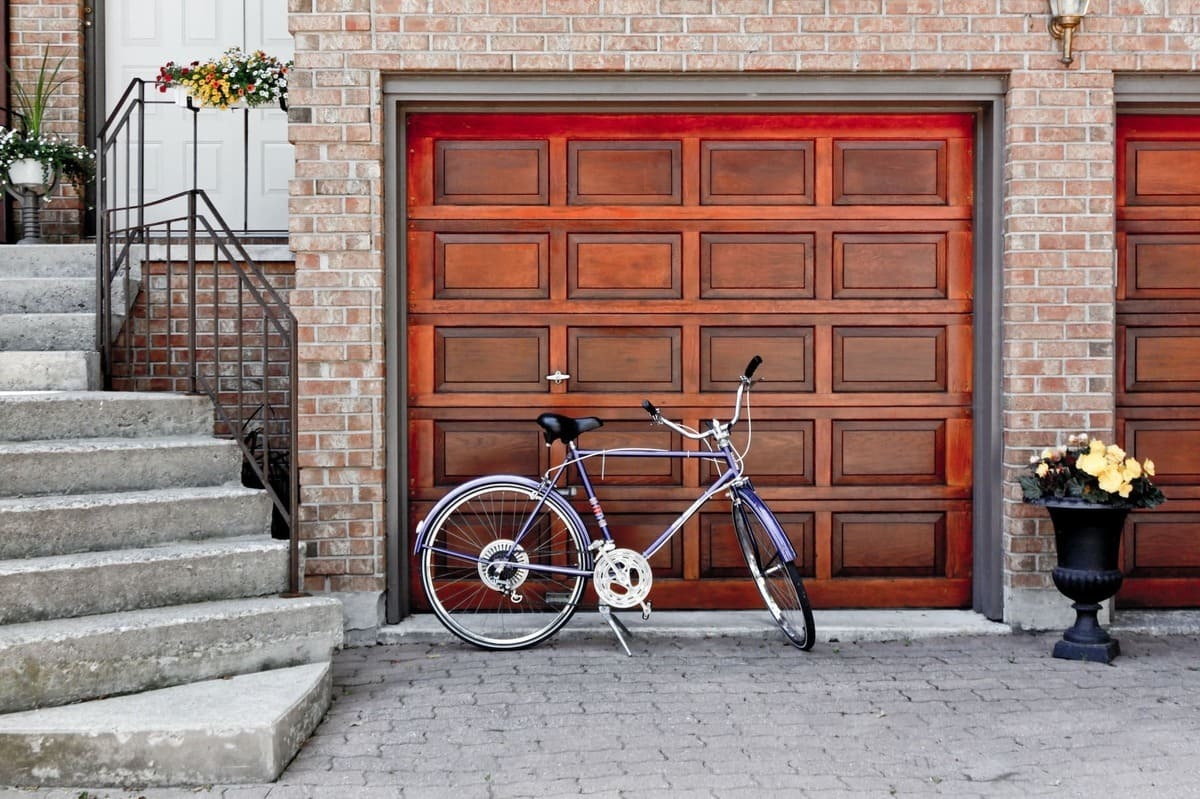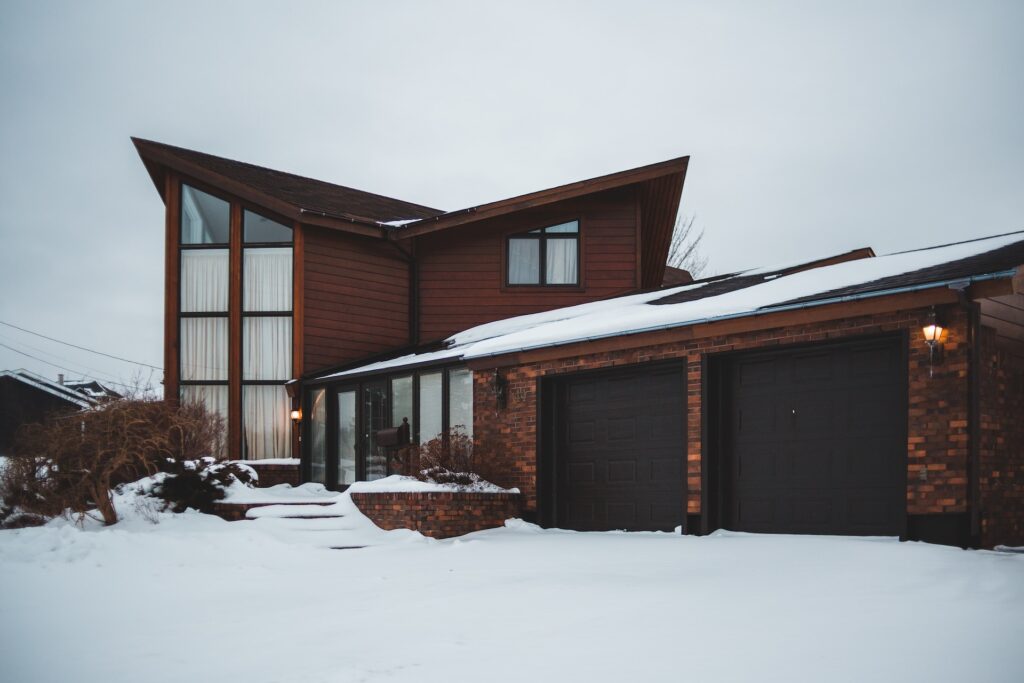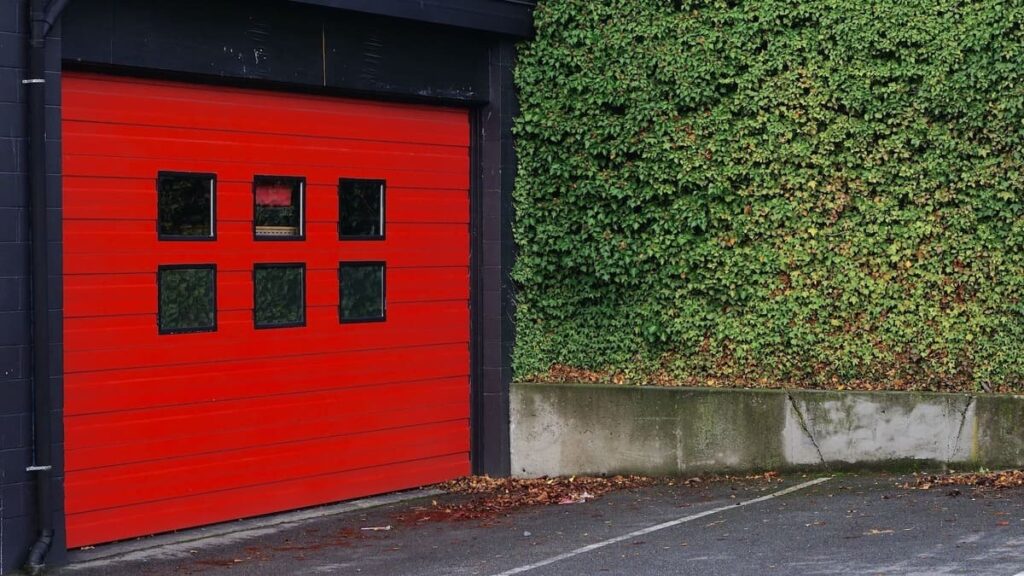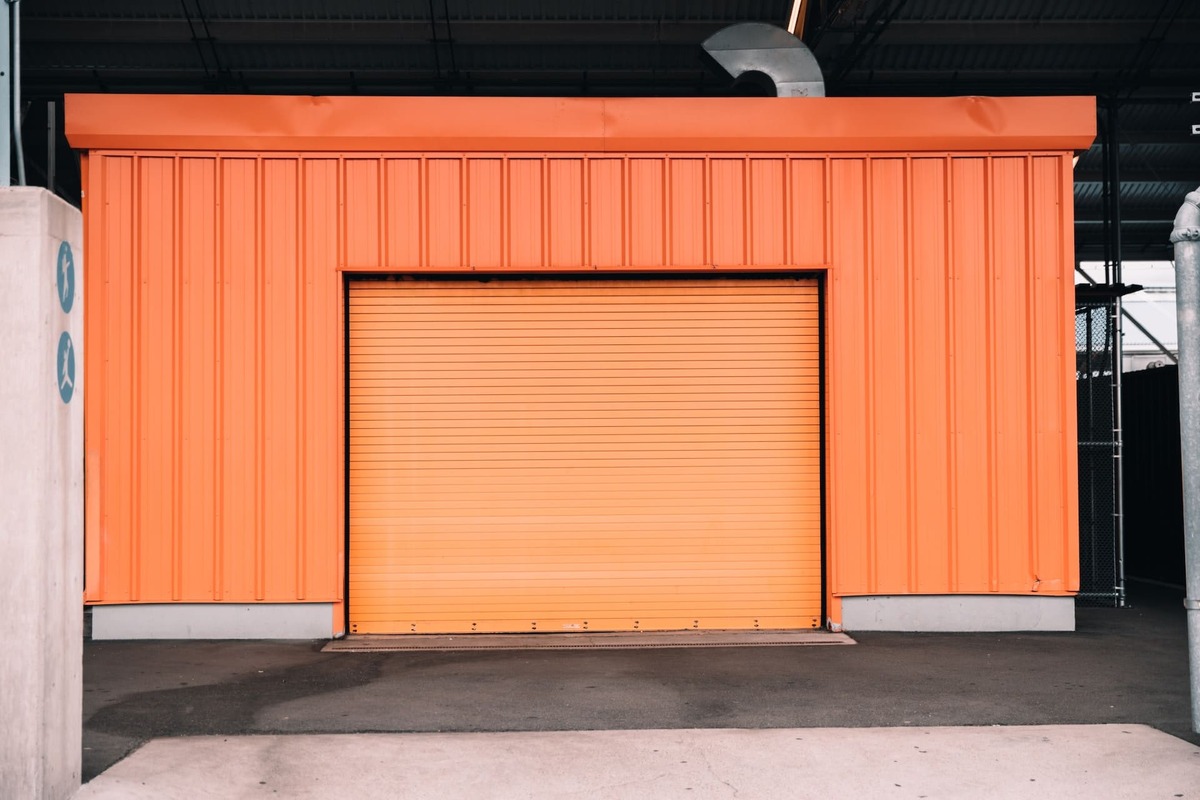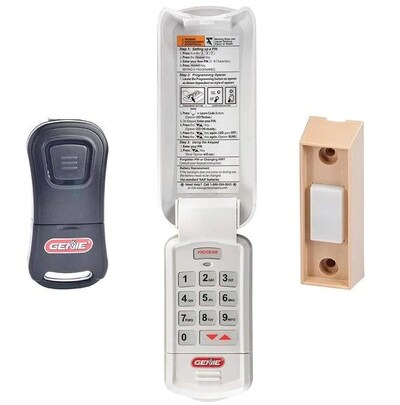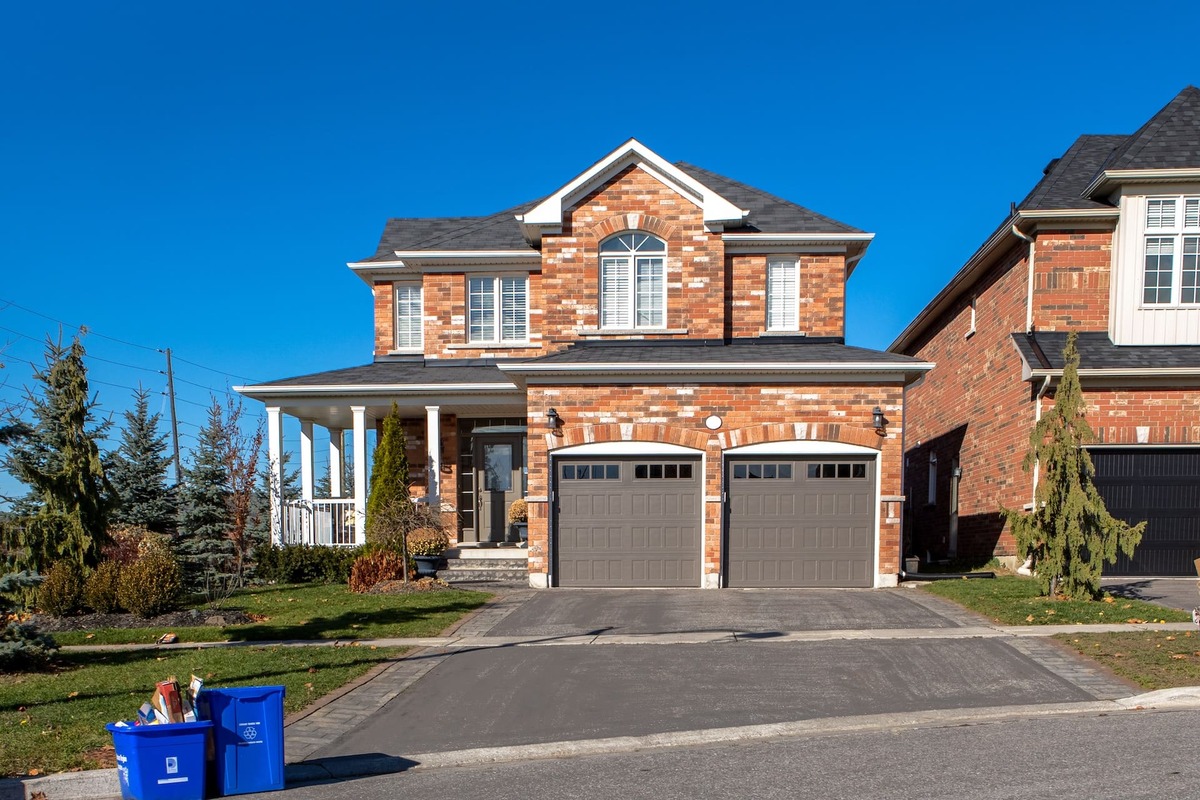
Garage doors play a crucial role in the security and convenience of our homes. They provide protection for our vehicles and belongings while offering easy access. However, behind the scenes, there are various components working together to ensure the smooth operation of a garage door. Among these components, rollers and tracks are particularly essential. When it comes to the functionality of your garage door, there are several components that work together to ensure smooth operation. While the opener and springs are often in the spotlight, it’s important not to overlook the crucial role that rollers and tracks play. Understanding the significance of these components can help you maintain a well-functioning garage door and avoid potential issues down the line. In this article, we will explore the importance of rollers and tracks, provide maintenance tips, and highlight the benefits they bring to your garage door’s performance.
Understanding the Basics of Garage Door Functionality
Before we dive into the importance of rollers and tracks, let’s briefly understand how a garage door operates. A garage door typically consists of several sections or panels hinged together, which can either swing up or roll up overhead. To facilitate the smooth movement of the door, rollers and tracks are employed.
The Importance of Rollers and Tracks
Rollers and tracks are integral to the proper functioning of a garage door. They work together to guide and support the door’s movement. The rollers are attached to the sides of each door section and glide within the tracks, allowing the door to open and close smoothly. Without properly functioning rollers and tracks, the garage door’s movement can become uneven, noisy, or even completely obstructed.
How Rollers and Tracks Facilitate Smooth Door Movement
When you operate your garage door, the rollers roll along the tracks, providing stability and minimizing friction. Smooth rollers and well-aligned tracks ensure that the door moves effortlessly, reducing strain on the door opener mechanism and extending the overall lifespan of the door.
Types of Rollers and Tracks Used in Garage Doors

There are several types of rollers and tracks commonly used in garage doors. Let’s explore some of them:
- Nylon Rollers: These rollers are popular due to their quiet operation and resistance to rust. They are an excellent choice for homeowners seeking smooth and low-maintenance garage door functionality.
- Steel Rollers: Steel rollers are sturdy and can handle heavier door weights. They are durable and commonly used in commercial garage doors or residential doors with a significant weight capacity.
- Ball-Bearing Rollers: These rollers consist of ball bearings enclosed within the roller, reducing friction and providing smoother movement. They are known for their quiet operation and are often preferred by homeowners seeking noise reduction.
- Horizontal Tracks: Horizontal tracks are mounted on the ceiling or wall above the garage door opening. They guide the rollers and facilitate horizontal movement when the door opens or closes.
- Vertical Tracks: Vertical tracks are positioned on each side of the garage door opening. They guide the rollers and ensure the door’s vertical movement.
The Significance of Proper Maintenance
To ensure the optimal functionality and longevity of your garage door, regular maintenance of rollers and tracks is crucial. Here are some maintenance practices to consider:
- Regular Lubrication: Applying a high-quality garage door lubricant to the rollers and tracks at least twice a year helps reduce friction and ensures smooth movement.
- Inspection and Cleaning: Regularly inspecting the rollers and tracks for debris, dirt, or obstructions is essential. Clean any accumulated dirt to prevent interference with the door’s movement.
- Repairing or Replacing Damaged Rollers and Tracks: If you notice any signs of damage such as cracks, dents, or misshapen rollers, it’s important to repair or replace them promptly. Damaged rollers and tracks can lead to poor door performance and safety hazards.
Common Problems with Rollers and Tracks
Despite regular maintenance, rollers and tracks may encounter problems over time. Let’s discuss some common issues:
- Misaligned Tracks: Misaligned tracks can prevent the smooth movement of the garage door. Signs of misalignment include gaps between the tracks and rollers or a door that appears crooked when closing or opening.
- Rust or Corrosion: Over time, metal components can develop rust or corrosion. Rusty rollers or tracks can impede smooth movement and may require cleaning or replacement.
- Bent or Broken Rollers: Rollers can become bent or broken due to excessive force or wear. Damaged rollers can affect the door’s balance and cause it to operate noisily or unevenly.
- Noisy Operation: If your garage door produces excessive noise during operation, it could indicate worn-out rollers or tracks.
- Dirt and debris from the rollers: Apply a recommended lubricant to the roller axles to ensure smooth movement.
- Adjusting Track Alignment: If you notice misaligned tracks, you can attempt to adjust them yourself. Use a level to ensure they are perfectly vertical and tighten any loose hardware.
- Tightening Loose Hardware: Regularly inspect and tighten loose nuts, bolts, and brackets along the tracks. Loose hardware can contribute to misalignment and affect the door’s overall performance.
When to Seek Professional Help
While DIY maintenance can address minor issues, certain situations require the expertise of garage door professionals:
- Complex Repairs or Replacements: If you encounter complex issues such as severe misalignment, broken tracks, or extensive roller damage, it’s best to leave the repairs or replacements to experienced technicians.
- Safety Concerns: Working with heavy garage doors and their components can pose safety risks. If you feel unsure or uncomfortable with performing maintenance tasks, it’s safer to rely on professionals.
- Lack of Experience or Tools: Some maintenance tasks require specialized tools or knowledge. If you lack the necessary experience or tools, it’s advisable to hire a professional garage door service provider.
Conclusion
Rollers and tracks are fundamental to the smooth and efficient operation of garage doors. Regular maintenance, including lubrication, inspection, and prompt repair or replacement of damaged components, is crucial to ensure their optimal functionality. By understanding the role of rollers and tracks and implementing proper maintenance practices, you can prolong the lifespan of your garage door and enjoy seamless operation for years to come.





